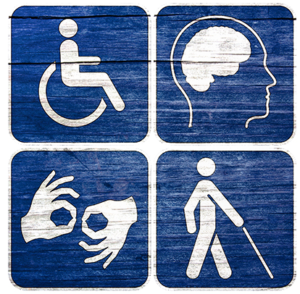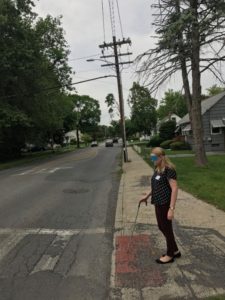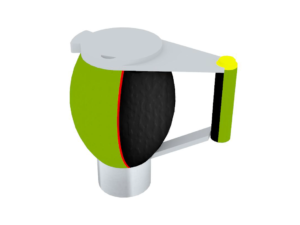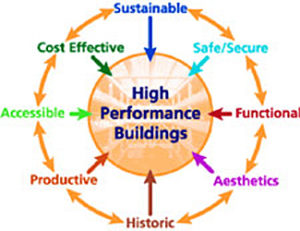60 Minutes recently aired a story on what it referred to as “drive-by lawsuits” filed against businesses for failing to comply with the design and construction requirements of the Americans with Disabilities Act (ADA). The piece showcased stories of people who essentially “drive” around on the hunt to find ADA violations, including ramps that are look like they’re steeper than what’s permitted by the ADA, parking spaces that are not designated by required signs, missing pool lifts, etc. Before you know it, the attorney files a case against a business for design and construction violations of the ADA. What results? The establishment that is sued typically settles out of court and has to fork over thousands in court fees, which are theoretically divvyed up by the attorney and the plaintiff all in an effort to make money. Can this be possible? Yes, it can – and these “drive by” lawsuits happen all the time. So, in this instance, the 60 Minutes story was on point – people take advantage of “the system” for personal gain all of the time and in many different ways.
requirements of the Americans with Disabilities Act (ADA). The piece showcased stories of people who essentially “drive” around on the hunt to find ADA violations, including ramps that are look like they’re steeper than what’s permitted by the ADA, parking spaces that are not designated by required signs, missing pool lifts, etc. Before you know it, the attorney files a case against a business for design and construction violations of the ADA. What results? The establishment that is sued typically settles out of court and has to fork over thousands in court fees, which are theoretically divvyed up by the attorney and the plaintiff all in an effort to make money. Can this be possible? Yes, it can – and these “drive by” lawsuits happen all the time. So, in this instance, the 60 Minutes story was on point – people take advantage of “the system” for personal gain all of the time and in many different ways.
Here’s the missed opportunity – the 60 Minutes piece did nothing to highlight the incredible opportunities that have been opened up to people with disabilities as a result of the passing of the ADA. The story failed to mention that there are an estimated 53 million Americans with disabilities who, as a result of the ADA, now have the ability to work, shop, live, and play on the same terms as everyone else. The ADA leveled out the playing field and provides equal access to the built environment – equality; isn’t that what we’re all about?
(more…)

 In the United States, multifamily new construction projects consisting of four or more dwelling units are subject to the Fair Housing Act, as well as state, city, and local accessibility laws and codes. For the purposes of this blog we will focus on projects in NYC, although the majority of newly constructed residential projects across the country will be subject to some variation of the criteria discussed below, for both Passive House and Accessibility standards. With this in mind, we have chosen a couple of common problem areas that require particularly close attention.
In the United States, multifamily new construction projects consisting of four or more dwelling units are subject to the Fair Housing Act, as well as state, city, and local accessibility laws and codes. For the purposes of this blog we will focus on projects in NYC, although the majority of newly constructed residential projects across the country will be subject to some variation of the criteria discussed below, for both Passive House and Accessibility standards. With this in mind, we have chosen a couple of common problem areas that require particularly close attention. 




